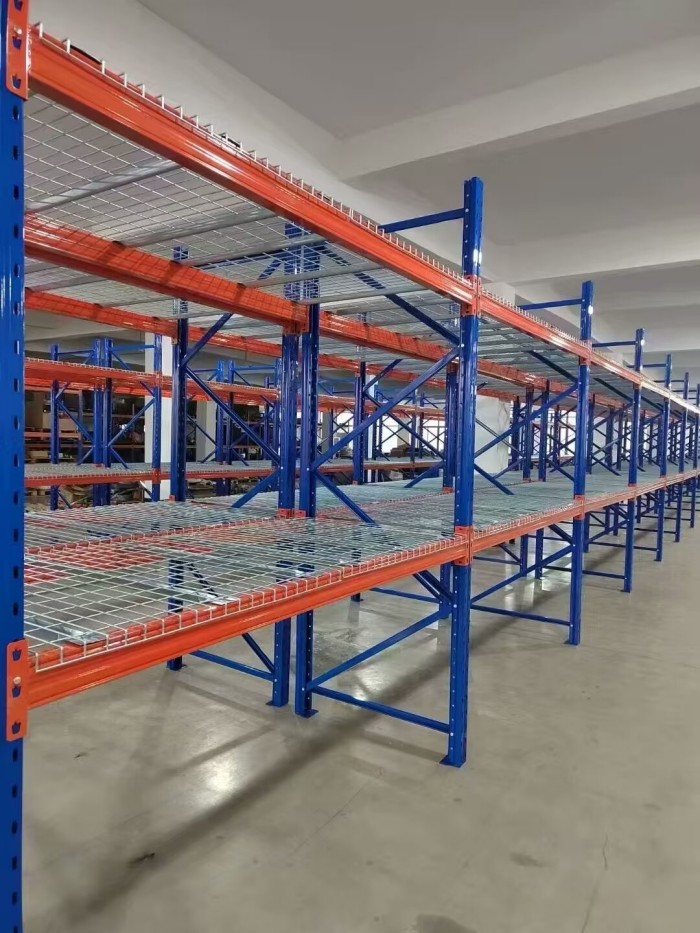
In our daily lives, we often come across materials known as insulators. From the insulation in our homes to the protective layers in electronic devices, insulators play a crucial role in preventing the transfer of heat. But have you ever wondered how effective insulators truly are in blocking heat? In this article, we will delve into the science behind insulators and explore their ability to impede the flow of heat. Join us on this journey as we uncover the secrets of insulators and their impact on thermal insulation.
- Understanding Heat Transfer:
Before we dive into the specifics of insulators, it's essential to grasp the concept of heat transfer. Heat can be transferred through three main mechanisms: conduction, convection, and radiation. Conduction occurs when heat is transferred through direct contact between objects, convection involves the movement of heat through a fluid medium, and radiation refers to the emission of heat in the form of electromagnetic waves. - The Role of Insulators:
Insulators are materials that possess low thermal conductivity, meaning they are not efficient conductors of heat. Instead, they impede the transfer of heat by minimizing conduction, convection, and radiation. Insulators achieve this by either trapping air pockets within their structure or utilizing materials with high thermal resistance. These properties make insulators invaluable in various applications, ranging from building insulation to thermal packaging. - Insulators and Conduction:
Insulators excel at reducing heat transfer through conduction. Their molecular structure is designed to hinder the movement of heat-carrying particles, such as electrons or atoms. By incorporating materials with low thermal conductivity, insulators limit the ability of heat to flow through their structure. This property is particularly useful in scenarios where maintaining temperature differentials is crucial, such as in thermally insulated homes or refrigeration systems. - Insulators and Convection:
While insulators primarily target conduction, they can also impede heat transfer through convection. By incorporating materials that disrupt fluid flow or create barriers to convective currents, insulators minimize the movement of heat through fluids. This characteristic is advantageous in applications like thermal clothing or protective gear, where preventing heat loss or gain is essential. - Insulators and Radiation:
Insulators can also play a role in reducing heat transfer through radiation. Although radiation is not affected by the thermal conductivity of materials, insulators can incorporate reflective surfaces or coatings that reflect a significant portion of the incoming thermal radiation. This property is particularly valuable in applications such as spacecraft insulation or heat shields, where protection against intense radiation is critical.
Conclusion:
Insulators are remarkable materials that excel at blocking heat transfer. By impeding conduction, convection, and radiation, insulators help maintain temperature differentials, protect against extreme temperatures, and improve energy efficiency. Whether it's in our homes, electronic devices, or industrial applications, insulators play a vital role in thermal insulation. Understanding the science behind insulators empowers us to make informed choices when it comes to selecting the right materials for our specific needs.







